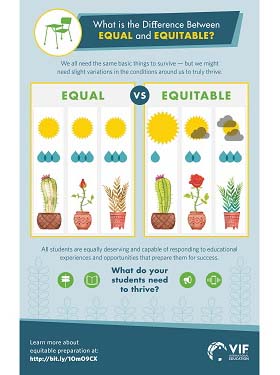Over a year ago now, the Nursing program at Illinois Central College decided to use the Pathways to Results methodology to tackle their state-mandated program review process. Working through the PTR process revealed some interesting findings that produced the following initial goals.
Findings and Goals:
- Program information on the Nursing pathway could be marketed more effectively and consistently. Identified Goal: Leverage partnerships and update resources to assist students in preparation for the program and combat misperceptions.
- Student “intent” as recorded in our data systems may not be accurate. Identified Goal: Address the issue of intent in advising sessions with all students to improve our data and then track the data to improve retention and completions.
- Students are starting programs with less required general education courses completed. Identified Goal: analyze why less General Education classes are being completed.
- Fewer qualified students may be applying to nursing programs. Identified Goal: recruit more qualified students and adapt to emerging criteria in the workforce.
At first glance you can see evidence of the deficit mindset within the stated problems and goals. A deficit mindset is the tendency to explain equity gaps solely as a result of student deficits, rather than what institutional agents can do to better support student success. We began with the initial assumption that declining exam performance may have been a result of declining quality amongst our student cohorts. As the data was more closely analyzed from the PTR outcomes-focused equity lens; we began to see that our efforts to improve these outcomes would be better focused on faculty development and reworking the program curriculum to really target the types of skills and learning students needed to be successful both on their final exams and as healthcare professionals.
Together, the faculty decided that the best way to move from students’ current outcomes to reaching desired outcomes was to transform the Nursing curriculum and pedagogy completely based on a “concept-based curriculum” framework. Under this framework, which can be applied in many different fields, nursing instruction moves from the current “medical model” where students learn about one medical area or body system at a time, to a concept-based model where students’ knowledge is integrated and applied to better align with students’ needs for critical thinking, problem solving, and rapid response in patient care. A core group of faculty learned about this process when they attended the conference, Implementing and Evaluating the Concept-Based Curriculum 2015.
Contemplating such a major change in their program, the nursing faculty’s big question was: where should they begin? Working through this planning process and trying to keep the overall goal of improving equitable student success along the way has been the major focus for the entire nursing faculty as they have engaged over the last six months as a PTR Year 2 Implementation team. Today the team is totally immersed in redesigning ICC’s content-driven curriculum into a concept-based curriculum using the ideas and roadmap developed last year.
Phase I Mission, framework, student outcomes
Phase II Health , illness, professional nursing concepts and plan of study
Phase III Course descriptions and learning outcomes
Phase IV Selecting exemplars and placement in each course
Phase V Evaluation methods, textbook selection, syllabi
The new curriculum will have the concepts organized into the courses with designations of introduce, reinforce, demonstrate; eliminate any prerequisites that are unnecessary barriers; and lay a foundation for documenting the three competencies of knowledge, skills and behavior in each course. We are utilizing our excellent workforce partners and stakeholders this summer by facilitating a DACUM (Developing A CurriculUM) job analysis workshop to obtain duties, tasks, general knowledge and skills necessary in a nursing position which we will tie back directly to our curriculum. The next step will be professional development for all faculty focusing on teaching methods that involve students in their learning as an effective way to advance equity and strengthen student outcomes. We plan on developing a clear communication plan to promote and advise students, parents, counselors and community partners. And lastly, our long-term evaluation plan will look at student outcomes and changes in student outcomes on the NCLEX as well as industry impressions of the students trained under the new CBC.
We have a lot of moving pieces in redesigning our Nursing curriculum and we are blessed to have dedicated staff and a supportive administration at Illinois Central College. This committed engagement is absolutely critical to the success of this project. Two years ago, a small group of faculty asked where should they begin? Today we are excited to have the tools and resources necessary to carry out this project and we are asking ourselves, what’s next?
Judy Dietrich received a Bachelor of Science degree in Business Administration from Illinois State University and a Master’s Degree in Educational Administration from Bradley University. She has been a PTR Leader since 2009 and would like to thank the core group of faculty involved in this PTR project: Michael Gallagher, Ron Lombard, Sandi Kokotek, and Beth Reese.
